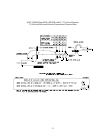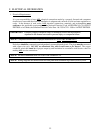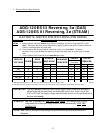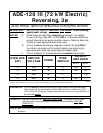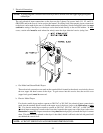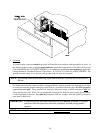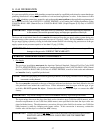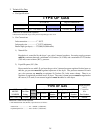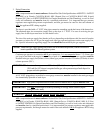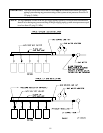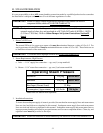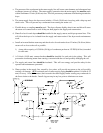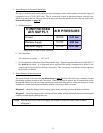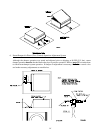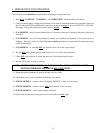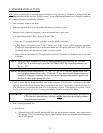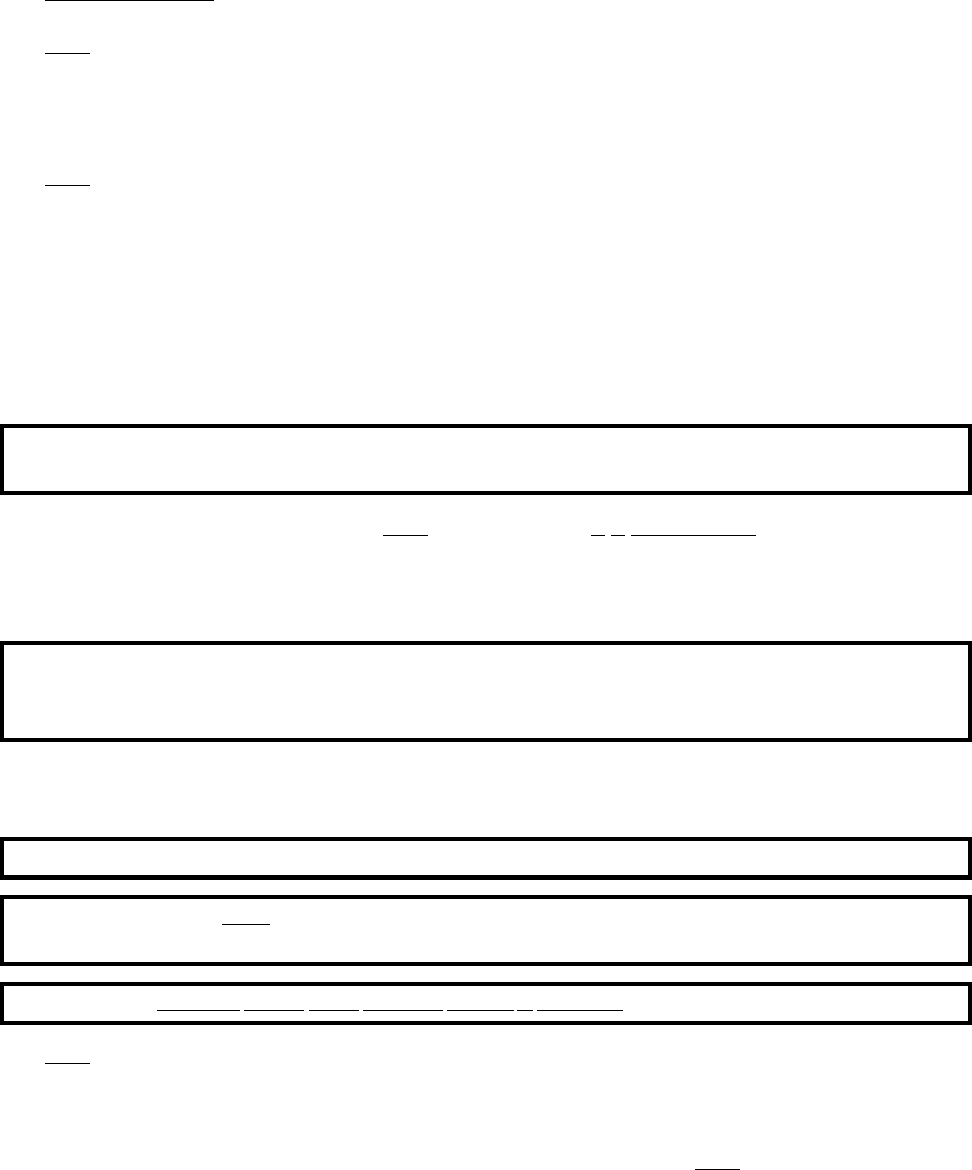
29
3.
Piping/Connections
ALL components/materials must conform to National Fuel Gas Code Specifications ANSI Z223.1-LATEST
EDITION, or in Canada, CAN/CGA-B149.1-M91 (Natural Gas) or CAN/CGA-B149.2-M91 (Liquid
Propane [L.P.] Gas) or LATEST EDITION (for General Installation and Gas Plumbing), as well as local
codes and ordinances and must be done by a qualified professional. It is important that gas pressure
regulators meet applicable pressure requirements, and that gas meters be rated for the total amount of
ALL the appliance BTUs being supplied.
The dryer is provided with a 1” N.P.T. inlet pipe connection extending out the back area of the burner box.
The minimum pipe size connection (supply line) to the dryer is 1” N.P.T. For ease of servicing, the gas
supply line of each dryer must have its own shutoff valve.
The size of the main gas supply line (header) will vary depending on the distance this line travels from the
gas meter or, in the case of L.P. gas, the supply tank, other gas-operated appliances on the same supply line,
etc. Specific information regarding supply line size should be determined by the gas supplier.
NOTE: Undersized gas supply piping can create a low or inconsistent pressure, which will result in
erratic operation of the burner ignition system.
Consistent gas pressure is essential at ALL gas connections. It is recommended that a 1” (2.54 cm) pipe
gas loop be installed in the supply line servicing a bank of dryers. An in-line pressure regulator must be
installed in the gas supply line (header) if the (natural) gas pressure exceeds 12.0 inches (29.9 mb) of water
column pressure (W.C.).
IMPORTANT: A water column pressure of 3.5 inches (8.7 mb) for natural gas and 10.5 inches
(26.1 mb) for L.P. dryers is required at the gas valve pressure tap of each dryer for
proper and safe operation.
A 1/8” N.P.T. plugged tap, accessible for a test gauge connection, must be installed in the main gas supply
line immediately upstream of each dryer.
IMPORTANT: Pipe joint compounds that resist the action of natural and L.P. gases must be used.
IMPORTANT: Test ALL connections for leaks by brushing on a soapy water solution (liquid
detergent works well).
WARNING: NEVER TEST FOR LEAKS WITH A FLAME!!!
ALL components/materials must conform to National Fuel Gas Code Specifications ANSI Z223.1-LATEST
EDITION, or in Canada, CAN/CGA-B149.1-M91 (Natural Gas) or CAN/CGA-B149.2-M91 (L.P. Gas)
or LATEST EDITION (for General Installation and Gas Plumbing), as well as local codes and ordinances
and must be done by a qualified professional. It is important that gas pressure regulators meet applicable
pressure requirements, and that gas meters be rated for the total amount of ALL the appliance BTUs being
supplied.



